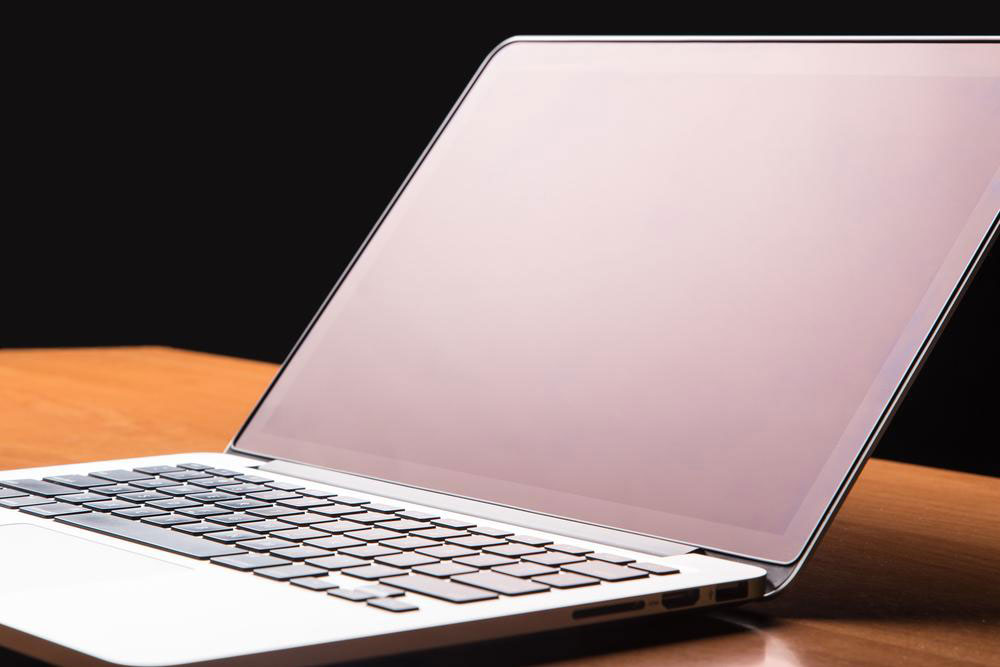Comprehensive Guide to Choosing the Ideal Laptop: Key Factors to Consider
This extensive guide offers in-depth insights into selecting the perfect laptop by focusing on portability vs. performance, operating system choices, and hardware specifications. It helps users make informed decisions tailored to their specific needs, whether for work, gaming, or everyday use, ensuring a well-balanced and future-proof purchase.

In-Depth Insights for Selecting the Perfect Laptop
In today’s rapidly advancing technological landscape, selecting the right laptop can feel like navigating a complex maze filled with numerous models, features, and specifications. With countless brands vying for your attention through enticing deals, extended warranties, and innovative designs, making a well-informed decision is crucial to ensure you get the best value and performance tailored to your needs. The device you choose can significantly impact your productivity, entertainment experience, and overall digital lifestyle. Therefore, understanding the essential factors involved in choosing a laptop is more important than ever. This comprehensive guide delves into the critical considerations to help you make an educated choice, covering aspects like portability versus performance, operating system options, and hardware specifications.
Balancing Portability and Performance for Optimal Use
One of the most fundamental aspects to consider when selecting a laptop is finding the right balance between portability and performance. Larger laptops, typically equipped with 15 to 17-inch screens, generally house more powerful hardware, making them suitable for demanding tasks such as video editing, gaming, and software development. These machines often feature high-end processors, dedicated graphics cards, and more extensive storage options. However, their size and weight can impede mobility, making them less convenient for travel or commuting.
Conversely, compact laptops, ranging from 11 to 13 inches, prioritize portability and are designed for users who need to work on the go. These lightweight devices usually come with energy-efficient components that extend battery life but may sacrifice processing power, limiting their ability to handle resource-intensive applications. The trend among manufacturers is to develop ultraportable laptops that manage to offer decent performance while maintaining slim profiles and longer battery durations. Advances in processor technology and battery design have contributed to narrowing the performance gap between larger and smaller models, allowing users to select devices that align with their specific mobility and performance requirements.
Screen size also influences multimedia capabilities and user experience. Larger displays are excellent for detailed graphic work and immersive entertainment, whereas smaller screens facilitate easier handling and packing into bags. Your choice should reflect your primary laptop use case, whether for professional work, gaming, or casual browsing.
Choosing the Right Operating System for Your Needs
The operating system (OS) significantly influences your user experience, software compatibility, and ecosystem integration. Currently, the most prevalent OS options are Windows and macOS, each with its distinct advantages and limitations.
Windows 10 and its subsequent versions maintain dominance because of their versatility, compatibility, and extensive software support. Windows devices often support a broad range of hardware configurations, including touchscreens, detachable tablets, and 2-in-1 convertibles. This flexibility makes Windows laptops ideal for users who require a multi-purpose device capable of handling a variety of applications and peripherals. However, Windows systems might be more vulnerable to security threats, necessitating robust antivirus and security measures.
On the other hand, macOS, exclusive to Apple’s MacBook lineup, offers a seamless, integrated experience optimized for creativity and efficiency. Its intuitive interface, minimalistic design, and strong security features make it popular among creative professionals, students, and tech enthusiasts. The closed ecosystem ensures smooth integration with other Apple products like iPhone, iPad, and Apple Watch, enhancing productivity. However, macOS displays limited hardware options and tends to be more expensive, which may influence your decision based on your budget and software needs.
Ultimately, your choice between Windows and macOS hinges on your specific workflow, preferred ecosystem, and budget considerations. Both platforms continually evolve, adding features and security enhancements to meet user demands.
Hardware Specifications: The Heart of Your Laptop
The hardware components of a laptop are central to its performance and longevity. When evaluating specifications, pay close attention to the processor, memory, storage, graphics, and display quality.
Processor (CPU): The CPU determines how quickly tasks are executed. Modern processors from Intel (such as the Core i5, i7, and i9 families) or AMD (Ryzen series) are benchmarks for performance. The generation and architecture of the CPU matter greatly; newer generation chips offer improved efficiency, higher speeds, and better multitasking capabilities. For example, a 12th-generation Intel Core i7 outperforms an older 8th-generation model in speed and power consumption.
RAM: Random Access Memory is vital for multitasking. A minimum of 8GB RAM is recommended for regular use, while 16GB or more benefits users engaged in heavy multitasking, video editing, or virtual machine operation. Adequate RAM ensures smooth performance without lag or delays when switching between multiple applications.
Storage Solutions: SSDs (Solid State Drives) have become the standard due to their speed and reliability. An SSD significantly reduces boot times and load times for applications. Storage capacity varies from 256GB to 2TB or more, but consider your data storage needs—larger files like videos require higher capacity.
Graphics Card: Dedicated GPUs like NVIDIA GeForce or AMD Radeon are essential for gaming, 3D modeling, and multimedia editing, while integrated graphics (such as Intel Iris Xe or AMD Integrated Radeon Graphics) suffice for everyday tasks. The choice depends entirely on your intended use.
Display Quality: Look for high-resolution screens, ideally Full HD (1920x1080) or higher (such as 4K), to ensure crisp visuals. Color accuracy, brightness, and panel type (IPS or OLED) enhance the visual experience, especially for creative professionals.
All these specifications should be evaluated in tandem with your budget to find the laptop that offers the best performance-to-cost ratio for your specific needs.
In conclusion, selecting the ideal laptop involves a comprehensive assessment of your portability needs, preferred operating system, and hardware capabilities. Be mindful of your primary usage scenarios, whether for professional work, gaming, or casual browsing, and choose a device that balances performance, portability, and cost-effectiveness. By understanding these critical factors, you can make a confident purchase that will serve you well for years to come, ensuring your investment aligns with your digital lifestyle.





